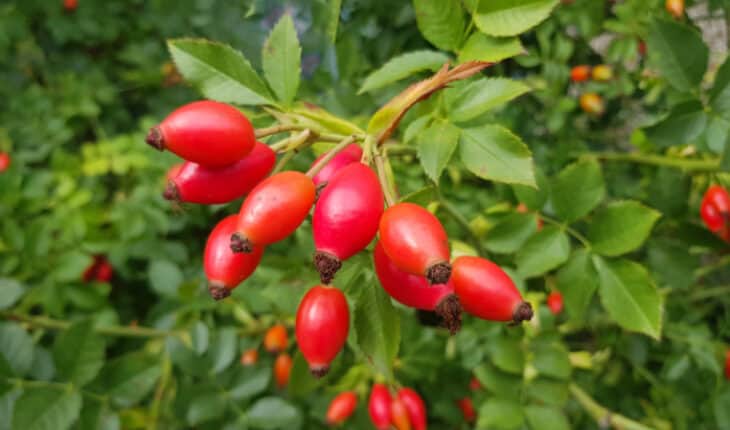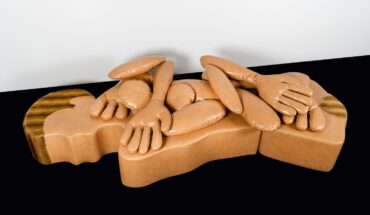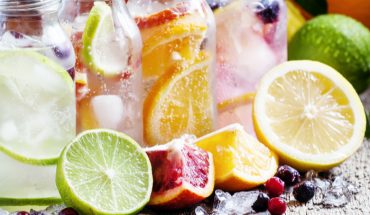Hot flushes, night sweats, loss of libido and low mood are all commonly recognised menopausal symptoms, yet joint pain affects as many as 40% of all menopausal women and joint stiffness is the most common contributor to impairment of quality of life and work in women of a menopausal age.
Menopausal joint pain is commonly mistaken as an inevitable part of the ‘aging’ process and whilst women may seek help for other symptoms, they struggle on with aching and painful joints. Commonly affected joints include the hands, shoulders, knees and hips, although all joints can be impacted.
For many this results in a downward spiral of less exercise, weight gain and further joint pain.
Dr Anne Henderson, Consultant Gynaecologist and Accredited Menopause Expert comments;
“Women often overlook aching or painful joints as a natural sign of ageing, but it’s important to understand the impact hormonal changes can have when approaching the menopause. Oestrogen is a primary female hormone that contributes to the protection and elasticity of joint tissues and cartilage, when these hormone levels begin to decline it can lead to painful joints and increase the risk of osteoarthritis.
“It is important to consider a full spectrum of treatment options including lifestyle changes, diet and exercise, but also supplements that are backed by scientific evidence confirming their significant benefits.”
The symptoms of the menopause usually start to appear between 45-55 years of age. However, according to consultant rheumatologist Dr. Rod Hughes;
“Menopausal joint pain can start several years before other menopausal symptoms. This is due to oestrogen levels starting to decline several years before the menopause, causing a reduction in collagen, loss of cartilage and an increase in inflammation leading to joint pain and stiffness.”
Fortunately, simple lifestyle changes such as exercise, diet and taking supplements may help. Experts believe that a key ingredient derived from rose-hips could help to reduce pain and tenderness in joints, without the risk of side effects.
Dr Rod Hughes adds:
“Rose-hip extracts have a long history of medicinal use and their potential benefits in the treatment of joint pain conditions have relatively recently come to light. The most consistent and robust research has been undertaken on extracts from a specific species of rose-hip called Rosa canina, which has been found to contain a powerful anti-inflammatory ingredient called GOPO®. GOPO® has been shown to help protect and repair joints and should certainly be considered at the early onset of even mild joint pain or after joint injury. Not only do people report great benefit from these supplements but good quality clinical research also shows GOPO® is an effective choice.”
GOPO® Joint Health is a powerful natural anti-inflammatory treatment made from 100% specially cultivated rosehip, proven in numerous extensive scientific studies to reduce joint pain and swelling, improving joint mobility and activity levels4-8. In one study, 8 out of 10 patients reported a significant reduction in pain after just 3 weeks of GOPO®.
Dr. Rod Hughes recommends that women over 45 who experience the early signs of menopausal joint pain and joint stiffness take early action to protect the long-term health of their joints and maintain their mobility including:
Keep hydrated: dehydration can exacerbate menopausal symptoms including joint pain and a build-up of uric acid which can contribute to inflammation.
Try a supplement: the galactolipid GOPO® has been shown in randomized, placebo controlled clinical trials to improve daily activities, joint pain and joint stiffness in women of menopausal age. In vitro studies have demonstrated that GOPO® has anti-inflammatory properties which have a protective effect on cartilage, potentially even helping cartilage and joint tissues to rebuild and regenerate.
Exercise: physical activity helps synovial fluid circulate in the joint and increases blood flow – which in turn increases oxygen and nutrient flow to the joints. Try non-weight bearing exercises such as yoga and swimming to relieve pressure on joints and helps keep joints active.
Eat well: include foods with anti-inflammatory properties such as nuts, leafy greens and olive oil and maintain a healthy balanced diet to keep weight at a healthy level.
- RV3-BB rotavirus vaccine at birth boosts microbiome - 8th May 2025
- No Mind Left Behind: Support the Carers - 4th May 2025
- Climate change causes longer pollen seasons in capital cities - 4th May 2025






